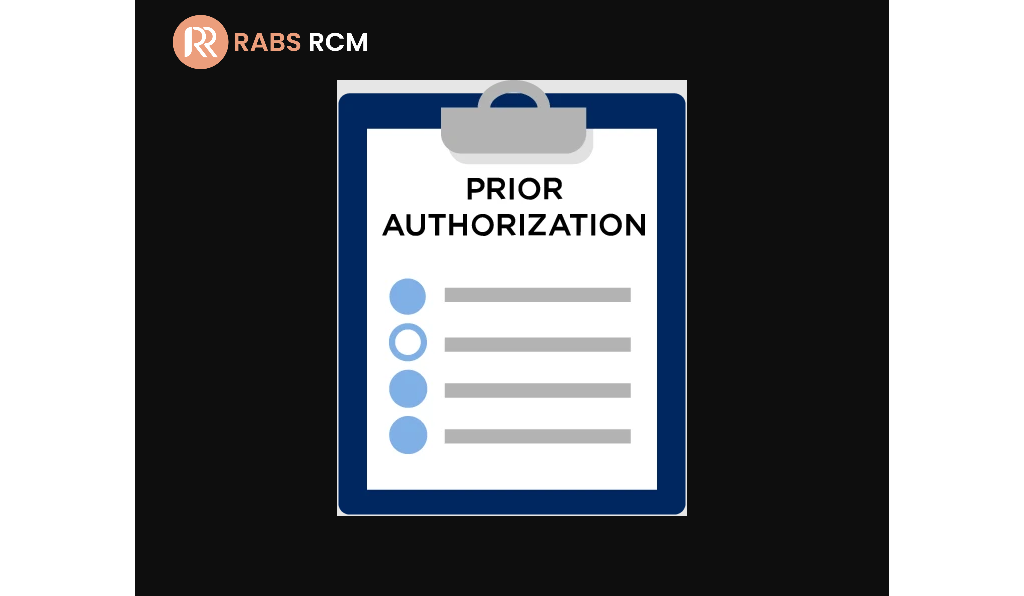Copyright © 2022 Rabs-RCM. All Rights Reserved.

Tips To Handle Prior Authorization in RCM
Prior authorization, also known as pre-certification or precertification, is a process in revenue cycle management (RCM) where healthcare providers or facilities must obtain approval from a payer (such as an insurance company) before rendering certain medical services or procedures to a patient.
Purpose of Prior authorization
The purpose of prior authorization is to ensure that the requested medical service or procedure is medically necessary and covered under the patient’s insurance plan. It is also used to control costs and prevent unnecessary utilization of healthcare services.
During the prior authorization process, the healthcare provider must submit a request to the payer along with the patient’s clinical information and any relevant medical documentation. The payer then reviews the request and makes a determination on whether or not to approve the service or procedure.
If the prior authorization request is approved, the healthcare provider can proceed with the service or procedure. If it is denied, the provider may appeal the decision or find an alternative course of treatment that is covered by the patient’s insurance.
It is important to note that prior authorization requirements can vary depending on the payer, service or procedure, and geographical location.
Few tips about prior Authorization in RCM
- Stay organized: Create a system for tracking prior authorization requests and their status. This can help you stay on top of pending requests and follow up in a timely manner.
- Communicate with payers: Establish clear lines of communication with payers to ensure that all necessary information is submitted with prior authorization requests.
- Utilize technology: Use electronic prior authorization submission tools to streamline the process. These tools can help you submit requests more efficiently and get faster approval.
- Be prepared: Keep detailed documentation of all prior authorization submissions and outcomes. This can help you quickly reference information if a request is denied and the case needs to be appealed.
- Stay up to date: Continuously monitor payer policies and requirements for prior authorization to ensure that you are aware of any changes that may affect your practice.
- Appeal denied requests: Implement a denials management process to appeal denied prior authorization requests. This can help you recover lost revenue and ensure that your patients receive the care they need.
- Continuously evaluate: Continuously evaluate and improve the prior authorization process to increase efficiency and reduce denials. This can help you identify areas where you can improve and make changes to increase your approval rate.
Conclusion
In conclusion, prior authorization is an important process in revenue cycle management that helps healthcare providers obtain approval from payers for certain medical services or procedures. The purpose of prior authorization is to ensure that the requested service or procedure is medically necessary and covered under the patient’s insurance plan. It also helps to control costs and prevent unnecessary utilization of healthcare services. The healthcare provider must submit a request to the payer along with the patient’s clinical information and any relevant medical documentation.

- Our seamless and streamlined efforts, experience, as well as commitment to our clients, all come together to provide both you and your patients with a remarkable experience to remember.
Contact Us
- 2612 62nd St NW Rochester MN 55901 (USA)
- (507) 262-4566
- info@rabs-rcm.com

